Did you find bugs in your pasta? Wondering if bugs in dry pasta are safe to eat?
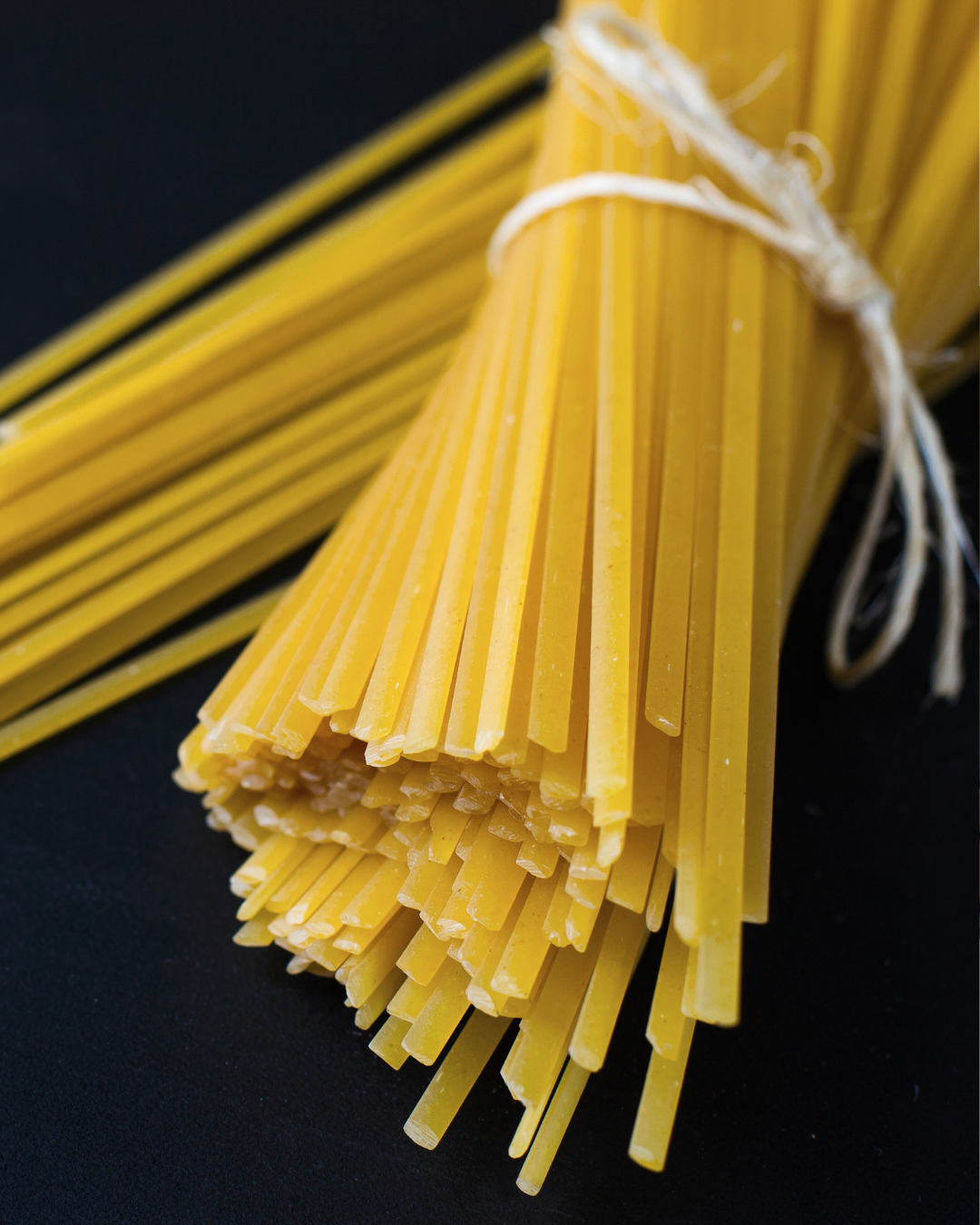
Are Bugs in Dry Pasta Safe to Eat?
There is nothing worse than starting a recipe and when you open the bag or box of pasta you find those little bugs. It’s not uncommon to find bugs in dried pasta, but it can still be surprising and off-putting. But are these critters actually harmful?
Types of Bugs Found in Dry Pasta
Dry pasta, with its long shelf life, is a staple in pantries around the world. However, this longevity also makes it susceptible to contamination by pests if not properly stored. The most common culprits include:
1. Weevils: Small, brown beetles often found in grains and cereals. With their elongated snout, they can bore through packaging to access food sources like dry pasta, laying eggs that hatch into larvae.
2. Meal Moths: Recognizable by their whitish larvae, these pests are attracted to a wide variety of dry goods, including pasta. The adult moths lay eggs on food packages, and when the egg hatches, the larvae feed on the dry food, causing contamination.
3. Rice Weevils: Another type of beetle, rice weevils, are particularly fond of grains like rice but can also infest pasta. They are known for their ability to bore into food containers, such as cardboard boxes, to access their food source.
4. Grain Weevils: These pests can infest whole grains and grain products, including pasta. They can cause significant damage to stored grains and are often found in pantry shelves where dry food is stored.
5. Confused Flour Beetle and Red Flour Beetle: Flour bugs that are reddish-brown beetles often found in dry food, including pasta. They are commonly found in flour mills and food processing facilities but can also infest home pantry items when they are not stored correctly.
Finding these bugs in pasta usually indicates that the packaging was compromised at some point, allowing pests to enter. However, they can also come in the pasta when you buy it from the grocery store.
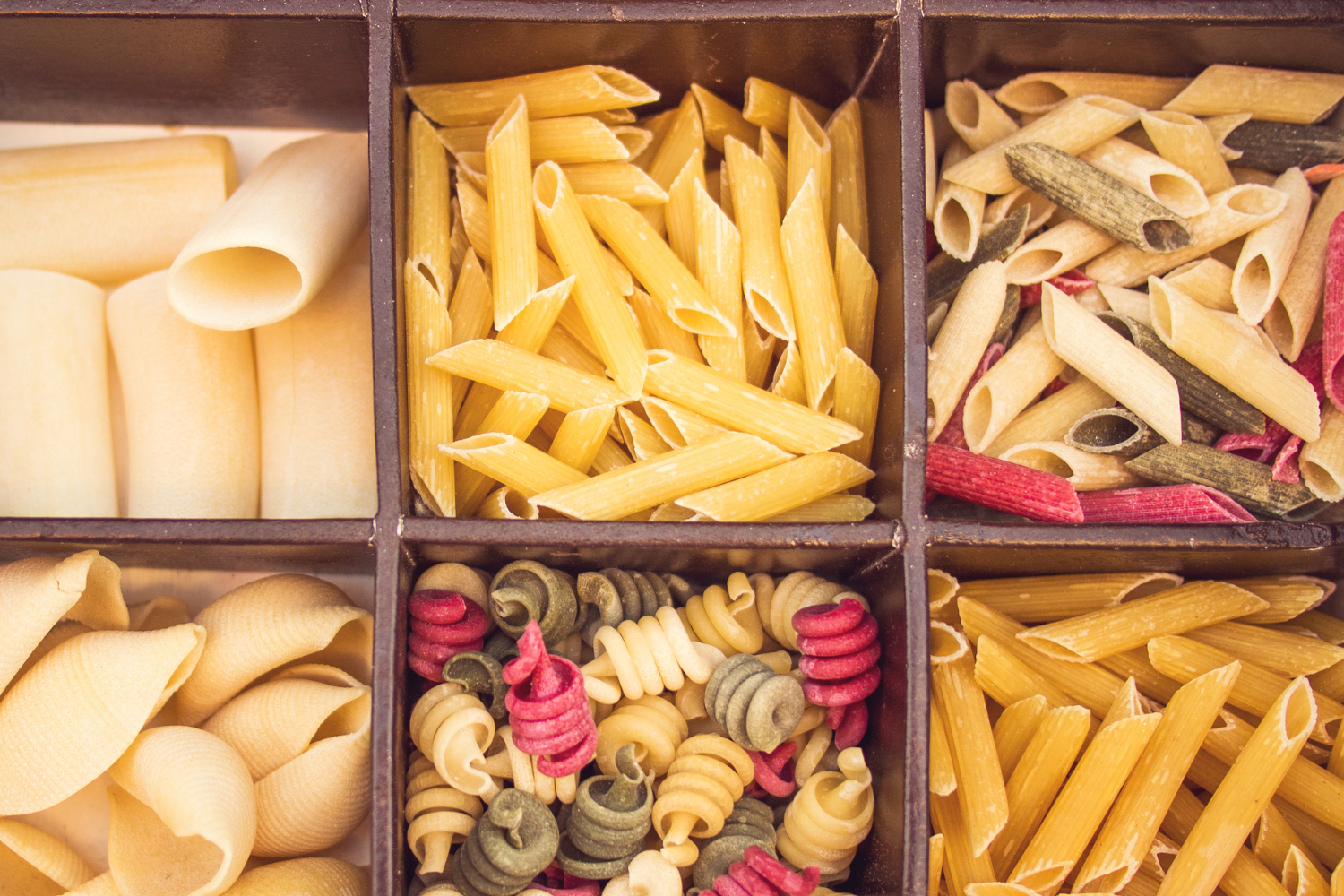
Safety of Consuming Bugs in Dry Pasta
Now, the burning question: What if you’ve eaten pasta that had bugs in it? Firstly, it’s important to understand that consuming small amounts of these pests is unlikely to hurt you. The digestive system is good at handling accidental ingestions of non-toxic insects. It rarely causes significant health risks.
However, the presence of bugs in food products can indicate poor storage conditions or potential contamination, which could pose a risk if there are pathogens. Though the bugs themselves might not be harmful, they can carry bacteria and their waste could contaminate food products.
Preventing Bugs in Dry Pasta
Fortunately, there are several steps you can take to prevent bug infestations in your pasta and other dry goods:
1. Proper Storage: Store dry pasta in airtight containers made of glass or plastic. This not only protects it from pests but also preserves its quality by keeping it dry and free from moisture.
2. Regular Inspection: Periodically check your pantry items for signs of bugs or damage to packaging. Look for tiny bugs, larvae, or insect fragments in food packages, and throw away any infested food immediately. This will prevent further spread.
3. Good Hygiene: Keep your pantry clean and free of food crumbs, which can attract pests. Wipe down pantry shelves with hot soapy water regularly to remove any food residue that may attract bugs.
In addition to these preventive measures, there are natural repellents you can use to deter pantry pests. For instance, bay leaves, garlic cloves, and white vinegar are known to repel certain types of bugs. Placing these items in your pantry can help keep pests at bay.
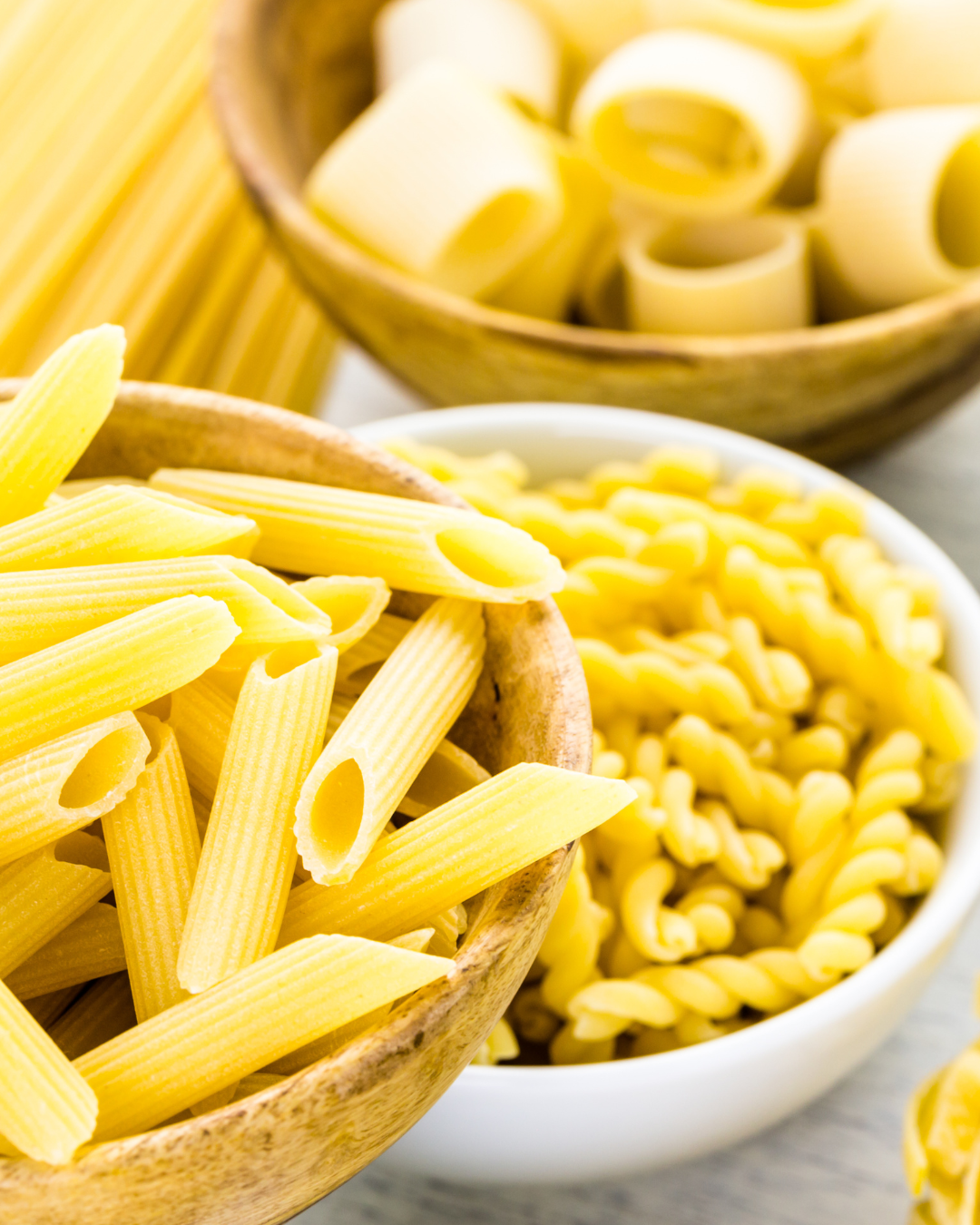
Storing Pasta to Prevent Pasta Bugs
In addition to these general ways to prevent bugs in pantry items, there are also specific steps you can take when storing pasta to keep it bug-free. These include:
- Double-checking the expiration date on your pasta before purchasing and using.
- Storing pasta in a cool, dry place away from direct sunlight and heat sources.
- Keeping an eye out for any holes or tears in the packaging before purchasing.
- Transferring pasta from its original packaging into airtight containers or bags to prevent bugs from getting in. Buckets with tight-fitting lids are a great option for storing larger quantities of pasta.
- Adding a bay leaf or two to the container of pasta can help repel bugs due to its strong scent.
- Regularly checking your stored pasta for any signs of infestation and discarding any affected products immediately.

Ways to Prevent Bugs in Pasta and Other Pantry Items
With these tips in mind, you can keep your pantry free from pesky bugs and ensure that your dry pasta and other food items remain safe to consume. Here are some additional ways to prevent bugs in pantry items:
- Store grains and flours in airtight containers or bags to prevent pests from getting in.
- Regularly inspect the contents of your pantry for signs of infestation, such as holes in packaging or unusual smells.
- Keep your pantry clean and free from spills and crumbs that can attract bugs.
- Consider using natural pest repellents, such as cedar chips or bay leaves, to ward off bugs in your pantry.
- Rotate your food items regularly so that older products are used first and any potential infestations are caught early on.
- Consider freezing or refrigerating certain pantry items, such as flour and nuts, to further prevent bug infestations.
Another good idea is to pay special attention to the expiration date when purchasing dry pasta. Buying pasta that is close to its expiration date reduces the risk of bringing home infested items, as pests are less likely to be attracted to fresher products.

If you do discover bugs in your dry pasta or other pantry items, it’s important to take action to prevent future infestations. Start by discarding the contaminated product and thoroughly cleaning your pantry shelves and storage containers with hot soapy water. Pay special attention to cracks and crevices where bugs may hide, as well as food containers and food packages where eggs or larvae may be present.
In conclusion, while encountering bugs in dry pasta can be unpleasant, it’s important to remember that they are not necessarily harmful and can be safely consumed in small quantities. By following proper storage practices and taking preventative measures, you can reduce the likelihood of infestations and keep your pantry free of unwanted guests.
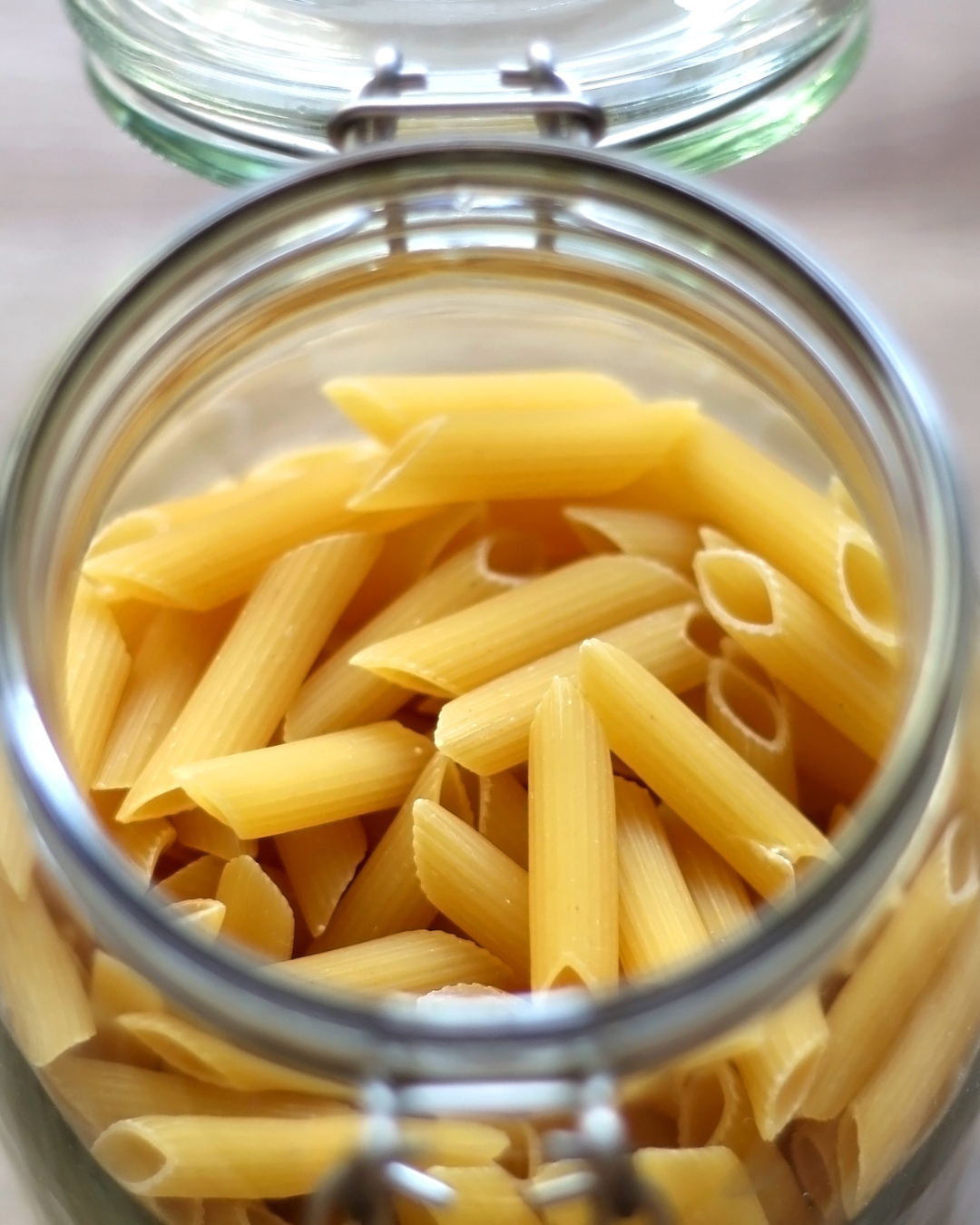
Delicious Pasta Recipes
Once you know if the bugs in dry pasta safe to eat, you will want some pasta recipes to make. Here are a few of my favorites.
- Million Dollar Spaghetti Recipe
- Sage Lemon Butter Pasta with Meatballs
- Spaghetti Carbonara Recipe
- Healthy Baked Feta Pasta (TikTok Pasta)
NOTE: With all that said, it’s important to acknowledge that the information provided in this article is intended for general guidance only and should not replace professional advice. If you have concerns about food safety or pest infestations in your home, it’s always best to consult with a qualified pest control expert or food safety specialist for personalized recommendations tailored to your specific situation.
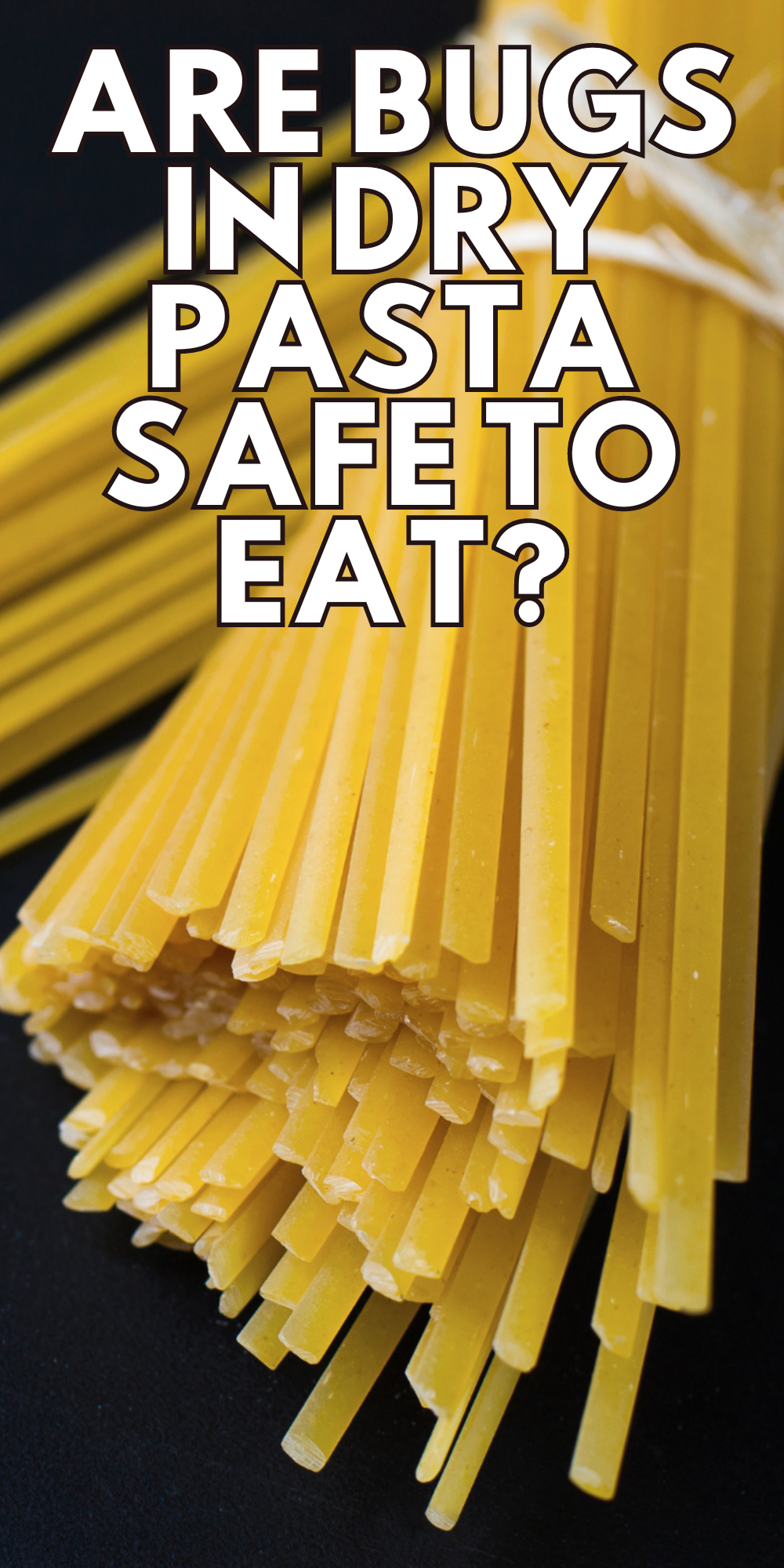





Leave a Reply